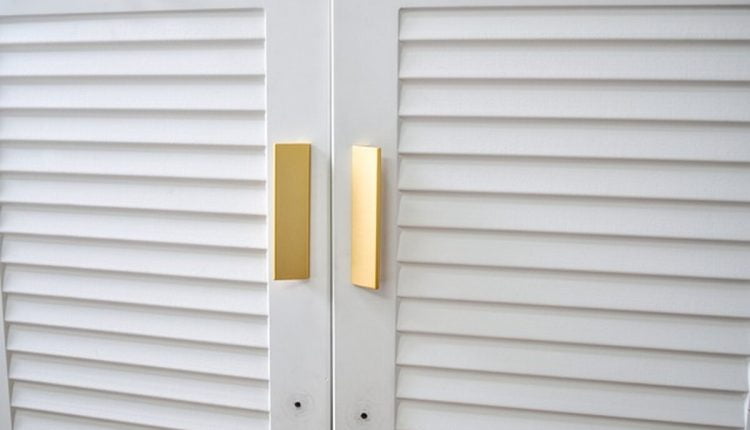The cabinet as we know it now has only been incorporated into modern architecture for a short period. At its most fundamental, a cabinet is a built-in storage unit secured to the wall and floor. Although cabinetry can be found in any house room, it is most commonly seen in the kitchen and the bathroom. Cabinetry in the bedroom, the living room, or any other room is also possible. Knobs (and pulls) have seen a return in favor because they make opening and closing cabinets much more straightforward, even though recent fashions have advocated cabinet doors with no knobs.
Simply put, a cabinet knob makes opening and closing a door possible. This may be required equipment or a desirable extra, depending on the door type. To open a door that closes flush with the frame, you’ll need a knob, but a door that closes on the frame can be opened without one, albeit doing so may be cumbersome or time-consuming. A knob is a simple and effective answer to these issues.
Knobs for cabinets come in a wide range of shapes, sizes, and materials, making it simple to choose the perfect match for your home’s aesthetic. A door knob that is too small for the door may look out of place and may not give adequate grip for someone to open the door. If the knob is vast, it will stick out from the cabinets and make the area look cluttered. The sweet spot for cabinet knob size is 1 1/4 and 1 3/4 inches. Knobs that are 1 1/4 inches or less in diameter are suitable for use on smaller medicine cabinets or doors. More significant than one 3/4-inch knob should be used only on extra-tall cabinets, heavy doors, or substantial furniture. Many doorknobs are 2 inches or more in diameter, and a knob of that size has no business on a cabinet.
Changing out cabinet pulls is a straightforward job that requires nothing in the way of expertise. It may use a standard bolt and nut or require a tiny bolt that screws into the knob from the inside of the door. Bolts (sometimes called screws) may need to be shortened to fit flush with the inside of the cabinet door. At home, you may do this with a bolt trimmer or a regular hacksaw (make sure to cover the bolt’s threads with a nut before you cut).
Related Posts
Knobs are a fun way to inject personality into a space while using a wide variety of materials. Glass is always a fantastic option because it can be found in many different hues and patterns. Pewter allows for various designs, from the straightforward to the quirky. Knobs made of solid brass or iron are exceptionally long-lasting, and they can be cast with intricate designs and polished in a rainbow of colors. If you’re having trouble deciding which style of knob will look best in your house, you could consider taking cues from preexisting themes.
Picking new cabinet hardware to improve the aesthetics and functionality of your cupboards and drawers should be a rewarding experience. Pick a design that speaks to your individuality, and don’t forget to factor in the knob’s size when you buy. If you are trying to match existing cabinet hardware, remember that not all knobs are measured the same way. Some knobs are measured at their widest point, while others are measured across their faces. If you want things to look their best, you should replace all knobs with new ones rather than risk mismatching an antique with a reproduction.
Michigan native Kohn Coleman earned his doctorate from Iowa State University. He has written extensively about historic buildings and serves as president of LookInTheAttic & Company, which can be found online at http://www.LookInTheAttic.com.
Read also: Art Deco Interior Design.


